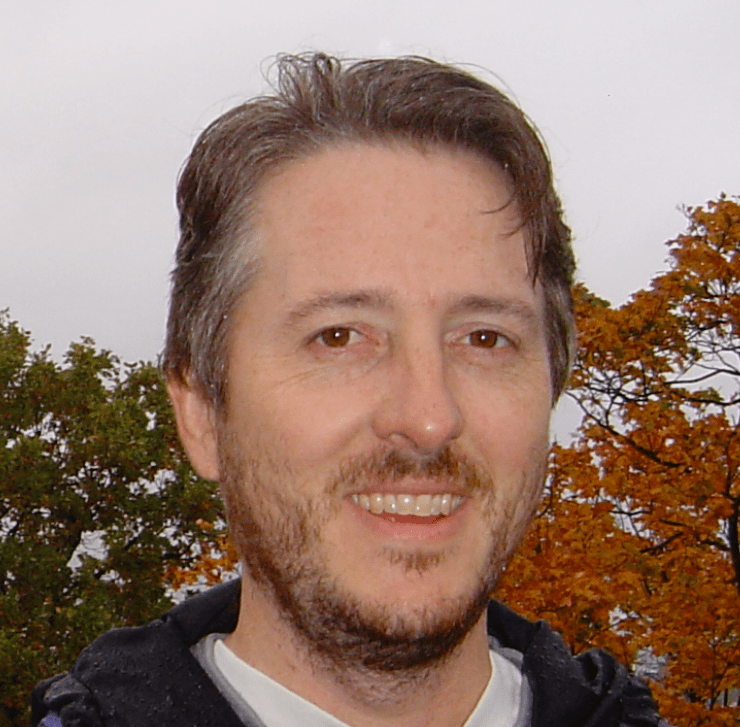LK-99 has been touted as a potential room-temperature superconductor that could revolutionize fields like energy and transportation. However, many experts are skeptical as the initial research papers have not been peer-reviewed and contain inconsistencies and imprecisions. Early attempts to replicate LK-99 have had mixed results, with some samples showing signs of diamagnetism but not conclusively proving superconductivity. Even if LK-99 does turn out to be a room-temperature superconductor, significant challenges around manufacturing and engineering would remain before it could be utilized in real-world applications. Many experts believe that more incremental improvements to existing superconductors may be a more practical path forward for now.
A nice place to discuss rumors, happenings, innovations, and challenges in the technology sphere. We also welcome discussions on the intersections of technology and society. If it’s technological news or discussion of technology, it probably belongs here.
Remember the overriding ethos on Beehaw: Be(e) Nice. Each user you encounter here is a person, and should be treated with kindness (even if they’re wrong, or use a Linux distro you don’t like). Personal attacks will not be tolerated.
Subcommunities on Beehaw:
This community’s icon was made by Aaron Schneider, under the CC-BY-NC-SA 4.0 license.
- 0 users online
- 35 users / day
- 253 users / week
- 646 users / month
- 1.28K users / 6 months
- 1 subscriber
- 1.67K Posts
- 28.2K Comments
- Modlog








This part seems irrelevant for this story. Of course there are going to be challenges and unknowns about taking a lab experiment to mass scale production. That is true of literally every thing that may eventually become mass produced.
What’s interesting about LK-99 is not whether this particular room temperature superconductor would be useful. It’s about proving that any such material is possible to exist. That would ignite a huge effort to discover why, which will lead to the development of other, better materials. Some of which will be scalable and affordable, most likely, given enough research time.
But until we know it’s possible, why spend all of that effort? The first discovery on the edges of science are almost always most important as a signal that research is headed in the right general direction.
wow, man. like, such a load of buzzkilling stuffed shirts.
when I finish work on my finite improbability generator, hook it up to a Bambleweeny 57 Sub-Meson Brain (with integrated atomic vector plotter) and fire it up with a nice hot cup of tea, these respectable physicists are definitely not invited to the party – no matter what the hostess says.
Commenter with a heart of gold
Their bullshit stays outside the Dyson Sphere. Thems the rules.
It’s like these people have never seen a Retro Encabulator. Would they even know a hydrocoptic marzelvane if it jumped up and bit them?!
Here’s what the experts think:
Condensed Matter Theory Center of the University of Maryland about the original paper:
Condensed Matter Theory Center of the University of Maryland about a claimed replication:
Can confirm. Just finished up at the UMD physics grad program. CMTC is headed by Sankar Das Sarma, and he knows his shit.
Wtf for some reason, my comment does not appear as it supposed to and my edits do not seem to work properly. I’m referencing two tweets: https://twitter.com/condensed_the/status/1686901855358427136 and https://twitter.com/condensed_the/status/1686895266329174016
Edit: For some reason, the “<” character kills the comment